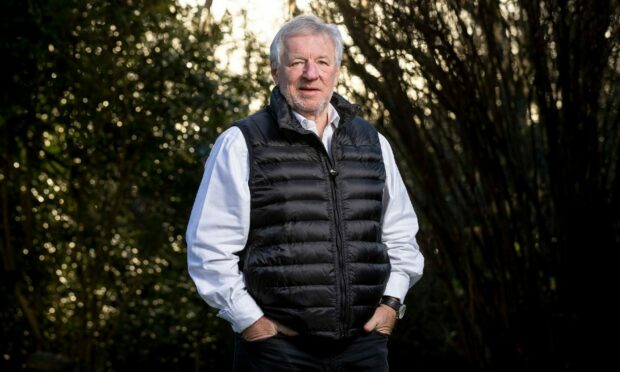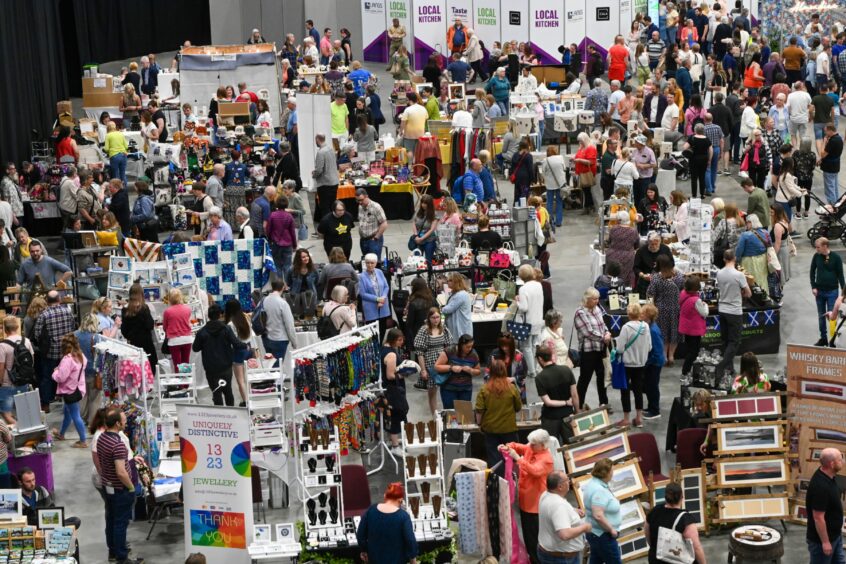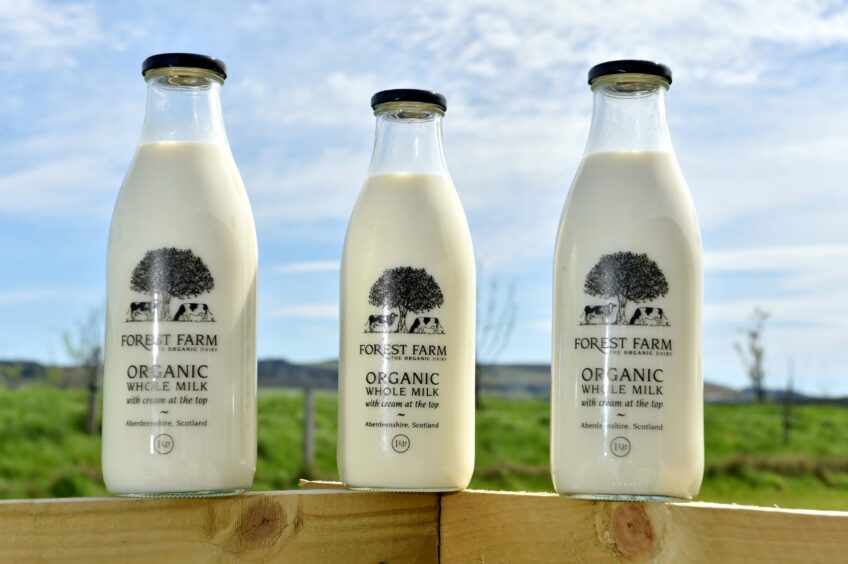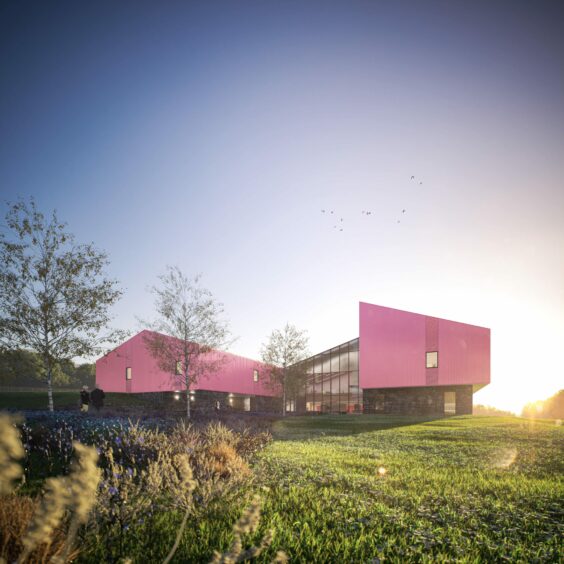It might be argued the food industry, by its nature, is one sector that is guaranteed always to attract consumers.
But the pandemic, supply chain problems, inflation and the cost-of-living crisis have done the food sector no favours.
Most recently, the war in Ukraine has caused serious disruption to global food supplies, so there is a new awareness of the need to place increased reliance on local production.
This was already a feature of the Scottish economy, for which producing and marketing food plays a major role.
Along with the complementary drink industry, Scotland’s food sector is worth £14 billion a year and accounts for one in five manufacturing jobs, employing 115,000 people.
North-east home to major food and drink events
The north-east makes a major contribution, with the local food and drink industry accounting for more than 20% of Scottish output, with annual turnover of £2.2bn and supporting more than 22,000 jobs.
That regional total is divided among 51% in agriculture, 32% in food manufacturing and 11% in fishing – with the remaining 6% belonging to the drink industry.
We’ve just had the annual Taste of Grampian festival make a welcome return after two years’ absence due to Covid and based this year at P&J Live in Aberdeen.
This one-day event is a great shop window for the region’s quality produce, displaying the variety, sustainability and professionalism that underpin the north-east’s leading role in the Scottish food industry.
The same goes for the North East Scotland Food and Drink Awards, also held this month, delivered by Opportunity North East (One) and Aberdeenshire Council.
The fact the awards have been running for more than 30 years signals how long ago the region recognised the potential of its world-class food products – and also how determinedly it has promoted the industry ever since.
Judges at the awards focus, in addition to quality, on sustainability, as well as product and market innovation.
Host of winners
Winners this year included Forest Farm organic dairy, for best food and drink tourism experience, Thistle Seafoods – export business of the year – and Donald Russell, butcher, in two categories: best new product from a large business, for its Scottish Stuffing; and e-commerce success.
Another annual highlight is the Signature Food Festival at Aberdeen’s Chester Hotel, with a celebrity line-up of Michelin-starred chefs, running from September to November.
The north-east has made itself a gourmet venue and there are 26 Taste Our Best award-holding food outlets in Aberdeen and Aberdeenshire.
Big ambitions to grow
The industry’s ambition is to grow turnover in the north-east by 5% a year, double output and exports by 2030, and increase productivity by 25% by 2025, based on the Scotland Food & Drink Ambition 2030 target of doubling industry turnover at national level.
Firms face a challenge in current market conditions, but there is plenty of support available.
Among the contributions by One is the Seafood Transformation Project, aiming to increase turnover in the north-east’s £700 million seafood sector.
The five-year project is a £75m actions and investment plan to grow productivity, improve environmental performance, and promote innovation and market development.
Initiatives to produce the next generation
Another One-led initiative that will give a massive shot in the arm to the food industry in the north-east will be the opening next year of the SeedPod hub at SRUC’s Craibstone campus.
SeedPod will offer support programmes and drive the evolution of existing businesses, besides developing the next generation of producers.
It will help food companies grow through innovation and technology adoption, assist with global consumer focus and provide start-up production facilities.
Natural environment has plenty to offer
Digitisation is the indispensable innovation to help companies in the food sector enhance their competitiveness.
One’s Agritech programme provides advice to farmers on the practical application of digital solutions in arable and livestock enterprises to improve productivity, meet net-zero carbon ambitions and make statutory recording requirements less burdensome, setting up two demonstration farms in Aberdeenshire for this purpose.
In the final analysis, the north-east food industry’s greatest assets remain the natural environment, providing quality beef, game, salmon, seafood and other delicious products, along with the hard-working, highly skilled and innovative producers who have made it a success story on which they can build further achievements.
Martin Gilbert is co-founder and former chief executive of Aberdeen Asset Management.




Conversation